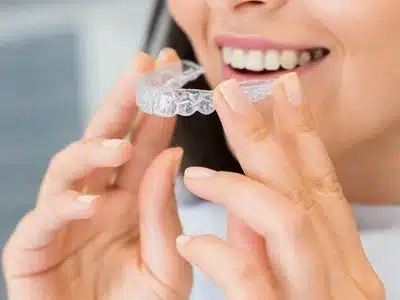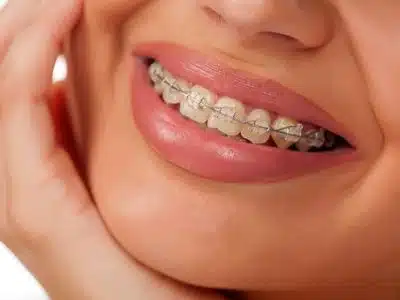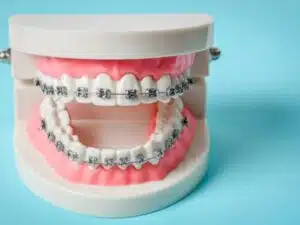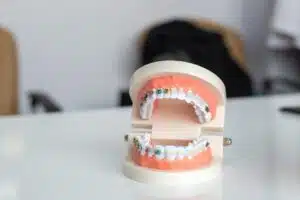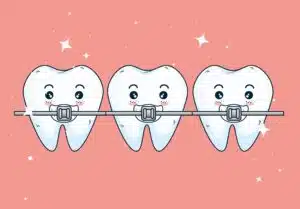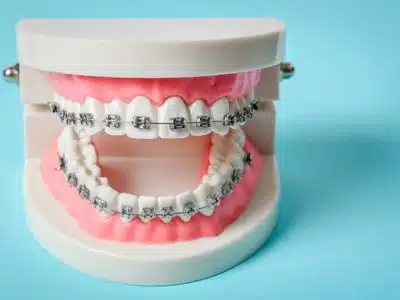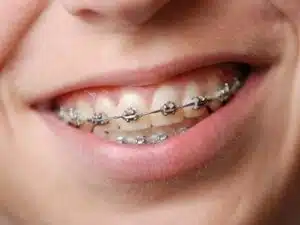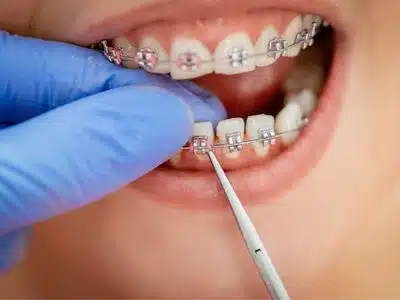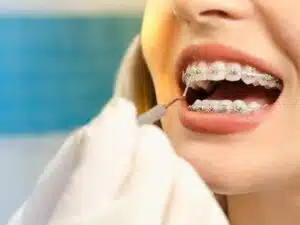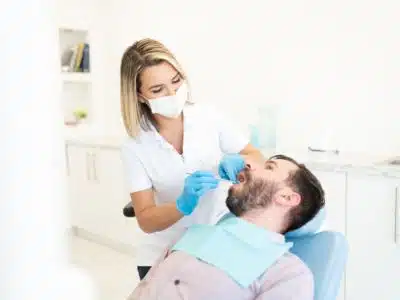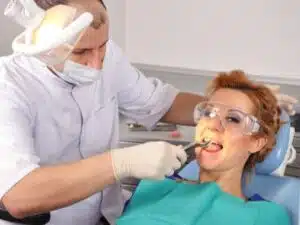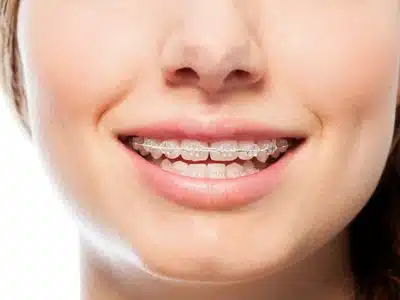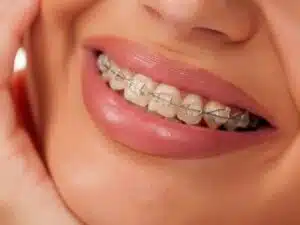Invisalign is a popular dental treatment that has been gaining admiration over the past few years. If you’re thinking about getting Invisalign in Newburgh, it’s important to understand how much it costs and what all the various options are. In this blog, we’ll help you figure out the Invisalign cost and what to expect from the various Invisalign treatment plans.
What is Invisalign?
Invisalign is a type of clear dental brace that uses invisible aligners to move teeth into their correct positions. Simply put, it’s a series of clear aligners that are placed around the teeth to correct their alignment.
Invisalign can be used on both adults and children, and it is one of the most popular forms of orthodontic treatment today. The Invisalign cost typically depends on several factors, including the length of treatment required and whether you have insurance coverage.
How Does Invisalign Work?
Invisalign is a clear and removable aligner that uses light pressure to shift teeth into their desired position. The clear aligners are custom-made to fit an individual’s teeth with minimal adjustment required after the treatment. Invisalign has been shown to be more effective than traditional braces in the reduction of tooth alignment problems.
Invisalign also has a lower relapse rate – when teeth shift back to their original position – when compared to traditional braces. The initial consultation is essential for choosing the right type of Invisalign treatment for you. During this consultation, you will receive an estimate of the cost of treatment.
The orthodontist will also explain the benefits and risks associated with each type of aligner. After receiving your consent, your dentist will create a treatment plan tailored specifically for you and your mouth. During the treatment process, you will wear your aligners every day at home.
You will only visit your orthodontist every two weeks to adjust your aligners as needed. As your teeth move into their new positions, your gums may feel a little sore at first but should heal quickly. Once all the teeth have been treated, you will need to make one final visit to your dentist. The final check-up will determine if you need retainers after the removal of the aligners.
How Long Does Invisalign Treatment Last?
There is no set length for Invisalign treatment, as it depends on the individual’s teeth and jaw structure. However, most patients typically see a significant improvement in their smile within the first few months of treatment. And the good results continue over the long term if they are committed to the treatment.
Many patients report that they continue to see positive changes well past their original treatment plan timeline, which speaks to the lasting impact Invisalign can have on your smile. In general, the treatment usually lasts between six to 24 months depending on the patient’s case.
What Happens if I Break or Lose my Aligner?
If you break or lose your Invisalign aligner, your orthodontist will likely replace it with another type of aligner. If the original aligner was removable, your orthodontist may remove and replace it with a new one that is fixed in place.
Otherwise, the orthodontist may allow the breakage on the original aligner to continue until it falls out or is broken. If your original Invisalign aligner was not removable, then your orthodontist may just leave it in place and continue to adjust it as necessary.
How Many Hours Should I Wear my Aligner Daily?
Typically, people wear Invisalign for around 22 hours per day. If you are comfortable with this amount of time wearing the aligners, then you may only need 2 or 3 aligners.
However, if you feel like you need more support, then you may need 4 or 5 aligners. It is important to speak with your doctor about your individual needs and concerns so that they can create a plan specific to your dental goals.
A More Personalized Orthodontic Treatment for You
At Northeastern Braces, we understand that orthodontic treatment is not just about straightening teeth. It’s about creating a more personalized treatment plan that considers your unique dental and orthodontic needs. That’s why we offer Invisalign, the latest in tooth-straightening technology.
Invisalign relies on clear, removable aligners that gradually move teeth into their desired positions. Because the aligners are custom designed for each patient, there is no need for metal or other braces. Plus, because there are no metal wires or brackets, Invisalign is gentle on your teeth and gums.
This feature allows you to enjoy a comfortable treatment experience without long-term side effects.
So, How Much Does Invisalign Cost?
Compared to traditional braces, Invisalign is the most novel orthodontic treatment available. Naturally, the upfront Invisalign cost can be expensive, but discounts, financing options, and payment plans are ready to be availed.
This is also the commitment that Northeastern Braces offers every patient. So that everyone can afford effective orthodontic care.
The average Invisalign cost is between $3,000 to $9,500 without insurance coverage. When your dental insurance coverage includes orthodontic treatments like Invisalign, you’ll have more breathing room for payment of premiums.
Northeastern Braces’ Commitment to Affordable Orthodontic Solutions
Northeastern Braces is committed to providing affordable solutions to dentistry patients. Invisalign is a treatment option that can help you achieve your desired smile in a fraction of the time and cost of traditional braces.
Invisalign uses a series of clear, custom-fitted aligners that move your teeth into their correct alignment without the need for metal brackets or wires. The aligners are worn for approximately two years, during which time you will see a dramatic improvement in your smile.
Having said that, Northeastern Braces have partnered with several insurance providers to help you achieve the smile of your dreams. And besides dental insurance, Northeastern Braces also accepts all major credit cards!
Schedule Your Consultation with Northeastern Braces Today!
If you are considering braces, Northeastern Braces is the perfect place for you! We offer a variety of aligning options that will help improve your smile!
To schedule your consultation, please call us at (917) 801-3600 (for Bronx patients) or (845) 863-0500 (for Newburgh patients). You can also visit our website for tons of information about orthodontics, braces treatment, and maintaining your oral health.
You can also request an appointment online. We look forward to helping you achieve a beautiful smile!

